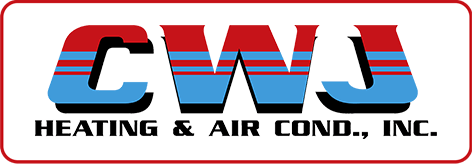In our previous post we determined that the majority of your home’s energy usage occurs during the summer and winter months, when your heating and air conditioning is battling extreme temperatures. Summer requires less energy than winter, but your home’s systems are still hard at work from May, through September.
Make sure you are maximizing your home’s energy efficiency this summer. Below are 5 steps for reducing your energy usage during the dog days of summer:
Step One: Regular Heating and Air Conditioning Maintenance
Your HVAC system is responsible for approximately half of your home’s overall energy usage. Heating and air conditioning maintenance is key to maximizing your home’s energy efficiency. We have written more in depth regarding HVAC maintenance, but below are some highlights from previous posts:
- Change your air filters regularly.
- Maintain proper clearance around your unit (two feet).
- Check your system for leaks.
- Open vents in every room.
- Clear off storm debris, grass clippings, etc.
- Repair any malfunctions as soon as possible.

Consider maintenance plans to ensure your system is always properly maintained by a licensed,HVAC technician. For more information regarding proper and effective DIY, HVAC maintenance click here.
Step Two: Install a Programmable Thermostat
Programmable thermostats can be set to automatically raise and lower the temperature when you are home or away. By raising the temperature five degrees when your family is at work or school, programmable thermostats reduce energy consumption without compromising your home’s moisture levels, or your unit’s lifespan.

Additionally, adjustable thermostats can be set to ensure your HVAC system draws less electricity during your power company’s peak cost hours (usually 4:00 PM to 6:00 PM).
Step Three: Improve Your Doors and Windows
Drafty windows and doors are more noticeable during the winter, when you can feel the cold air invading your home. However, worn out weather stripping and caulking, cracks in window panes, and damaged storm windows allow as much as 25 % of your air conditioning to escape from your home.

If your doors or windows need to be replaced, consider high efficiency models. Energy Star qualified doors and windows can reduce your energy bills by as much as $450 per year.
Step Four: Reduce Sunlight in Your Home
During summer, you can lower the burden on your HVAC by reducing direct sunlight in your home. Use darker shades and drapes and draw them closed during the hours the sun is brightest. If your thermostat is in direct sunlight, if will not measure your home’s temperature accurately, causing your air conditioning system to short-cycle. Short-cycling hurts your home’s energy efficiency and reduces the lifespan of your HVAC system.
Step 5: Utilize Ceiling Fans
Airflow is key to energy efficiency. Ceiling fans circulate air through your home, reducing the burden on your air conditioning system. The amount of energy used to run ceiling fans is a fraction of to power required for your HVAC system. With ceiling fans engaged, you can raise the temperature of your thermostat several degrees without sacrificing comfort.

We will continue discussing steps to improve your home’s energy efficiency in our next post. Contact us if you have further questions or would like for us to inspect your HVAC system for efficiency and effectiveness.


